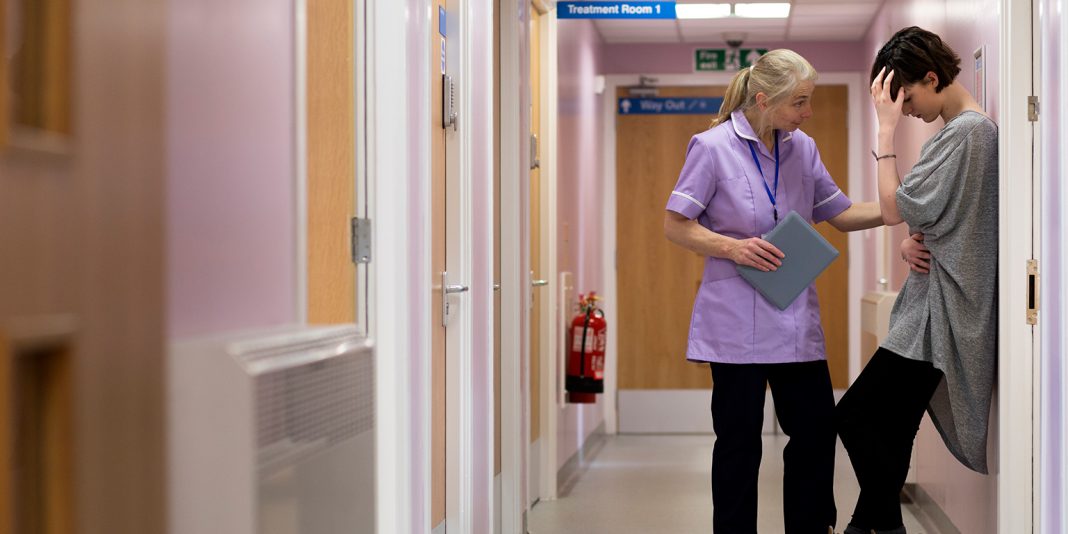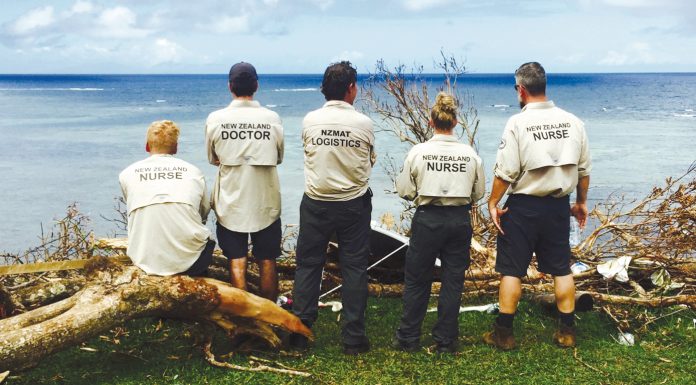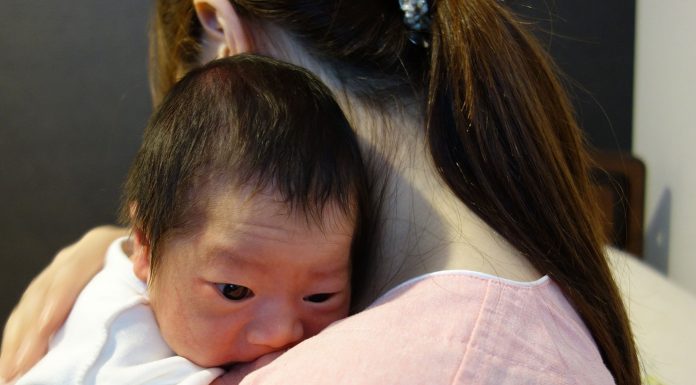Scepticism was rife last year when nurses were surveyed about whether TrendCare was improving their nursing workload.
A quarter of the nearly 1500 respondents to the New Zealand Nurses Organisation employment survey were aware of having TrendCare or Care Capacity Demand Management (CCDM) at their hospital but reported being uninformed or unimpressed or their workload virtually unchanged as a result.
It appears that confusion and cynicism is still rife five years down the track since the Safe Staffing Healthy Workplaces Unit started developing the CCDM system.
Lisa Skeet, the SSHW unit director, is not that surprised at the NZNO survey results, saying it is still early days for CCDM at the 11 boards it is currently underway in (Auckland DHB will be the 12th and gets underway this year).
CCDM is a sophisticated system developed with the aim of bypassing crude nurse to patient ratios (like those adopted in Victoria or California) and instead using robust patient acuity data to decide base staffing so a ward has the right staff at the right time to safely meet patient demand.
“There have been pockets of success with CCDM. However, it’s still not implemented on the scale where the full benefits of the programme will be seen with DHBs,” says Skeet.
She is calling for patience with only one board – Bay of Plenty – close to full implementation, and it has had a 3–4 year start on many of the other boards.
Nurse perceptions have also not been helped in cases when staff levels stay the same despite CCDM data indicating a ward’s base staffing needs to increase to reflect patient demand.
Calculating what a ward or unit’s base staffing should be is done using the CCDM’s “mix and match staffing methodology” that draws on data from TrendCare – an Australian, nurse-developed software package that Skeet says is the only tool available that provides validated patient acuity data.
The fact that the NZNO survey described TrendCare as an example of “a CCDM” system rather than as a software tool required to gather data to implement “the CCDM” system just further brings home the confusion out there.
TrendCare is a dirty word amongst some nurses, but Skeet points out that TrendCare had been around in district health boards for some time before the SSHW unit started developing CCDM.
“TrendCare makes nursing work visible and the data created shows what is actually happening on the ward,” says Skeet.
“At the end of the day, it is just data and it’s the way that data is used for decision-making in the organisation which actually makes the difference.”
That is one area of mixed success because for CCDM to work, DHBs need to use the data created by the mix and match staffing methodology to inform their annual staff budgeting process.
“That’s still not embedded as business as usual within a number of DHBs we are working with.”
Skeet says the most visible CCDM project to date is the variance response management (VRM) system – with its ‘capacity at a glance’ screens showing how busy the hospital is in real time and the ‘traffic light’ system which sees support swing into action when a ward hits ‘orange’ or worst-case scenario ‘red’.
Skeet says the VRM system is supposed to be there as the fallback ‘plan B’ for a district health board. Plan A is for DHBs to use the CCDM’s mix and match tools successfully so that base staffing is at the right level for patient demand the vast majority of the time and variance response or escalation is rarely needed.
A full, independent evaluation is already underway of CCDM with a final report due at the end of the year – shortly before the DHB/NZNO MECA expires in February and negotiations begin for a new agreement and also prior to the current funding contract for SSHW ending in June 2015. Watch this space.
SSHW history at a glance
- 2007 Safe Staffing Healthy Workplace Unit set up as joint New Zealand Nurses Organisation/district health board initiative to implement 2006 SSHW inquiry recommendations.
- 2009 Bay of Plenty, West Coast and Counties Manukau DHBs demonstration sites for SSHW Unit’s Care Capacity Demand Management (CCDM) tools.
- 2014 15 out of 20 boards have TrendCare – the patient acuity tool that CCDM is built on – 12 are currently actively implementing CCDM at varying stages and four more are interested.
- 2014 Those DHBs that don’t have TrendCare are Capital & Coast (under discussion), Counties-Manukau, Waikato, Lakes and Canterbury.
CCDM three core components
- Mix and Match Staffing (i.e. using ward patient acuity data to match FTE base staffing with patient demand patterns)
- Variance Response Management (i.e. capacity at a glance screen (CAG), ‘traffic light’ system to alert when ward is in need and systems of how to respond)
- Core data set






















